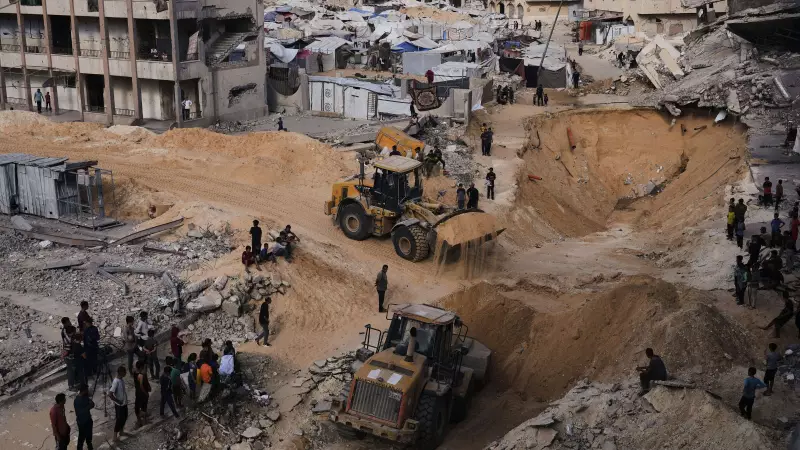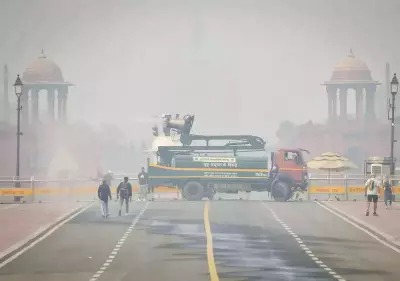
In a devastating incident that highlights the ongoing perils facing civilians in conflict-ravaged Gaza, twin children suffered severe injuries after mistaking an unexploded bomb for a toy.
The tragic event occurred when the young siblings, whose identities remain protected, discovered the deadly object while playing amidst the rubble of destroyed buildings. What they believed to be an innocent plaything turned out to be live ordnance that detonated, causing critical injuries to both children.
The Hidden Dangers in Gaza's Rubble
This heartbreaking incident underscores the invisible threats that linger throughout Gaza following intense military operations. Unexploded munitions and remnants of warfare continue to pose life-threatening risks to civilians, particularly children who cannot distinguish between dangerous explosives and ordinary objects.
Emergency medical teams rushed the injured twins to a nearby hospital where they received urgent treatment for their wounds. Medical personnel reported the children sustained significant injuries that will require ongoing care and rehabilitation.
A Pattern of Civilian Suffering
This is not an isolated case. Humanitarian organizations have repeatedly warned about the dangers posed by unexploded ordnance in populated areas. The dense urban environment of Gaza, combined with extensive destruction from recent conflicts, has created a landscape filled with hidden threats.
Local authorities and international aid groups continue to face challenges in clearing these dangerous remnants while dealing with limited resources and ongoing instability.
The Human Cost of Conflict
The incident with the twin children represents the broader humanitarian crisis affecting countless families in the region. Each day brings new stories of civilians, especially the most vulnerable, falling victim to the lasting impacts of warfare.
As reconstruction efforts struggle to gain momentum, the danger remains ever-present for residents trying to rebuild their lives amid the ruins of their former homes and communities.





